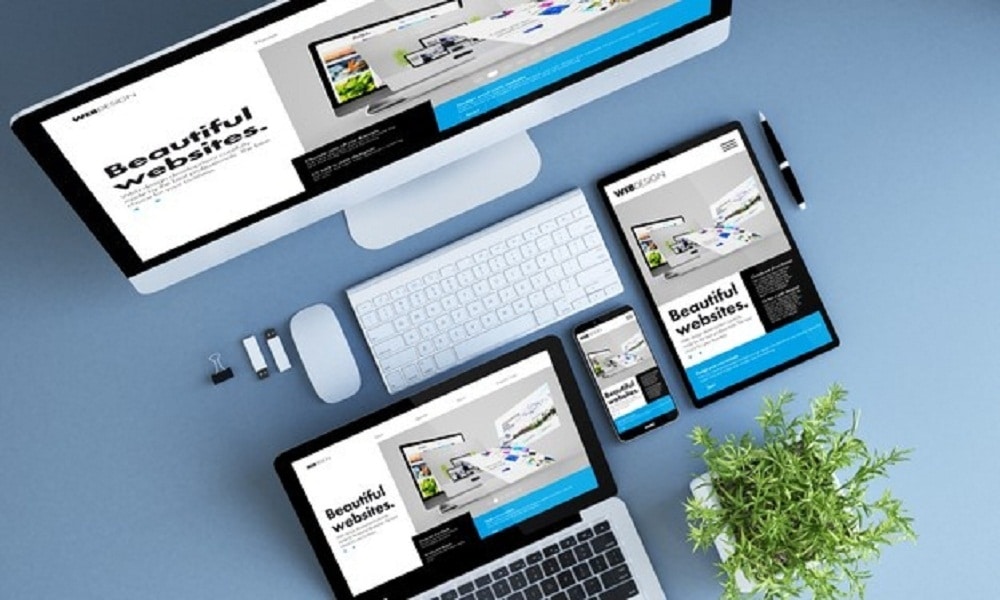In today’s digital age web-based sites are typically the first point of contact between the business and its clients. It acts as a shopfront, an avenue for communication, and it is a representation of the brand’s identity. Designing and developing a website is both an art and science. It demands the ability to think creatively, be technically proficient, and a deep grasp of the user’s experience. From the layout to the functions, every element contributes to shaping the visitor’s perception and in determining the desired action.
In the first place, web design is about creating an engaging and appealing interface that attracts the attention of users as well as communicating the brand’s identity effectively. This involves careful consideration of factors like design, color scheme graphic design, and typography. A well-designed website not only draws attention, but it also guides users through its content seamlessly providing a great user experience. From logo placement to the menu for navigation, every aspect of the design must be designed in a way to appeal to the intended user and send the right message.
Yet, the appearance alone is insufficient to ensure the successful operation of a website. Both usability and functionality are essential aspects of web design and development. An approach that is user-focused is essential, focusing on creating an intuitive and seamless navigation experience for users. This involves optimizing navigation, providing fast loading times and making content easily accessible. Additionally, responsive design is important to make sure the site is able to function well on different devices and screen sizes, addressing the needs of mobile internet users that make up the majority of web traffic.

Responsive design is a cornerstone of the new 外贸独立站建站公司, since it ensures that the site is able to function seamlessly on a variety of size screens and gadgets. With the proliferation of smartphones as well as tablets, consumers want to be able to connect to sites on the go which makes responsiveness an essential aspect. Through the use of techniques like fluid grids, and images that are flexible, web developers can build websites that adjust dynamically to the different sizes of screen to provide the best visual experience to all viewers regardless of the device they use.
One of the most important considerations in website design and development is optimizing it for search engines. SEO or search engines optimization (SEO) plays an essential function in determining the site’s position and rank in search engine results pages (SERPs). This involves implementing strategies to increase factors like speed of the website as well as mobile-friendliness and importance, ultimately leading to natural traffic to the site and boosting the likelihood of conversion. If you adhere to SEO standard practices, website designers and developers are able to ensure the websites they create are not just attractive visually, but are also easily accessed to their intended audience.
Accessibility is another critical consideration in website design and development to ensure that the site can be utilized by anyone who are of any ability, and even handicapped people. This means adhering to standards of accessibility for web pages, including that of Web Content Accessibility Guidelines (WCAG) and provides guidelines in the creation of accessible web content. The design process that is designed with accessibility in mind will not only make your site more inclusive, it also improves accessibility for all users, leading to a better overall experience for users.